2. R. Modaresi, S. Pauliuk, A. N. Lovik, and D. B. Muller, Global carbon benefits of material substitution in passenger cars until 2050 and the impact on the steel and aluminum industries,
Environ Sci Technol. 48(18) (2014) 10776ŌĆō10784.
https://dx.doi.org/10.1021/es502930w
[CROSSREF] [PUBMED] 4. P. Mock.
Reducing CO2 and fuel consumption from new cars, Assessing the near-term technology potential in the EU. (Retrieved from The International Council on Clean Transportation website,
http://www.theicct.org/sites/default/files/Briefing, City, 2013)
5. E. Eusebi. Composite intensive vehicles, past present and future. Structural materials challenges for the next generation vehicle. Washington, DC: US Department of Commerce; (1995)
6. N. Gjostein. Technology needs beyond PNGV. New Orleans, LA: Basic Research Needs for Vehicles of the Future; (1995)
7. I. Chang, Y. Cho, H. Park, and D. So, Importance of Fundamental Manufacturing Technology in the Automotive Industry and the State of the Art Welding and Joining Technology,
Journal of Welding and Joining. 34(1) (2016) 21ŌĆō25.
https://doi.org/10.5781/JWJ.2016.34.1.21
[CROSSREF] [PDF] 8. P. Kah, R. Suoranta, J. Martikainen, and C. Magnus, TECHNIQUES FOR JOINING DISSIMILAR MATER-IALS, METALS AND POLYMERS, Reviews on Advanced Materials Science. 36(2) (2014)
9. A. Rudawska, Adhesive joint strength of hybrid assemblies, Titanium sheet-composites and aluminium sheet-compositesŌĆöExperimental and numerical verification,
International Journal of Adhesion and Adhesives. 30(7) (2010) 574ŌĆō582.
https://doi.org//10.1016/j.ijadhadh.2010.05.006
[CROSSREF] 11. R. Zitoune and F. Collombet, Numerical prediction of the thrust force responsible of delamination during the drilling of the long-fibre composite structures,
Composites Part a-Applied Science and Manufacturing. 38(3) (2007) 858ŌĆō866.
https://doi.org/10.1016/j.compositesa.2006.07.009
[CROSSREF] 14. T. A. Barnes and I. R. Pashby, Joining techniques for aluminium spaceframes used in automobiles Part II -adhesive bonding and mechanical fasteners,
Journal of Materials Processing Technology. 99(1-3) (2000) 72ŌĆō79.
https://doi.org/10.1016/S0924-0136(99)00361-1
[CROSSREF] 16. L. Han, M. Thornton, and M. Shergold, A comparison of the mechanical behaviour of self-piercing riveted and resistance spot welded aluminium sheets for the automotive industry,
Materials & Design. 31(3) (2010) 1457ŌĆō1467.
https://doi.org/10.1016/j.matdes.2009.08.031
[CROSSREF] 19. J.-H. Bae, J.-W. Kim, I. Choi, D.-G. Nam, J.-K. Kim, and Y.-D. Park, A Study on Tensile Shear Characteristics of Dissimilar Joining Between Pre-coated Automotive Metal Sheets and Galvanized Steels with the Self-Piercing Rivet and Hybrid Joining,
Journal of Welding and Joining. 34(1) (2016) 59ŌĆō67.
https://doi.org/10.5781/JWJ.2016.34.1.59
[CROSSREF] [PDF] 20. M. Lou, Y. Li, Y. Li, and G. Chen, Behavior and Quality Evaluation of Electroplastic Self-Piercing Riveting of Aluminum Alloy and Advanced High Strength Steel,
Journal of Manufacturing Science and Engineering. 135(1) (2013)
https://doi.org/10.1115/1.4023256
[CROSSREF] [PDF] 22. N. H. Hoang, M. Langseth, R. Porcaro, and A.G. Hanssen, The effect of the riveting process and aging on the mechanical behaviour of an aluminium self-piercing riveted connection,
European Journal of Mechanics -A/Solids. 30(5) (2011) 619ŌĆō630.
https://doi.org/10.1016/j.euromechsol.2011.02.006
[CROSSREF] 23. J. Kang, H. Rao, R. Zhang, K. Avery, and X. Su, Tensile and fatigue behaviour of self-piercing rivets of CFRP to aluminium for automotive application,
IOP Conference Series, Materials Science and Engineering. 137 (2016)
https://doi.org/10.1088/1757-899X/137/1/012025
[CROSSREF] 26. C. Villettaz. Influence of the geometry of self-piercing rivets on the joint strength of high-strength thin sheet steel. City: Haute Ecole d'Ing├®nierie; (2009)
29. L. Kroll, S. Mueller, R. Mauermann, and R. Gruetzner, Strength of self-piercing riveted joints for CFRP/aluminium sheets, in 18th International conference on composite materials (ICCM/18), South Korea, (City, 2011). 21ŌĆō26.
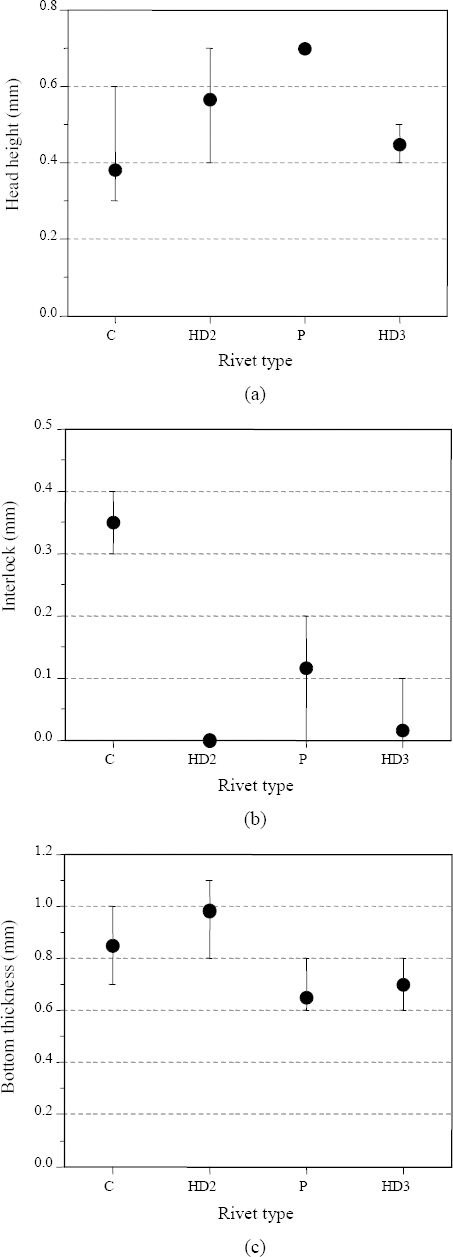






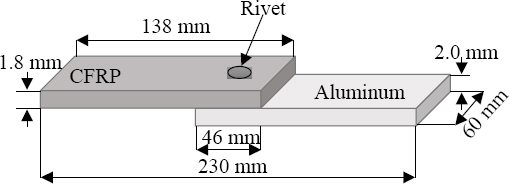
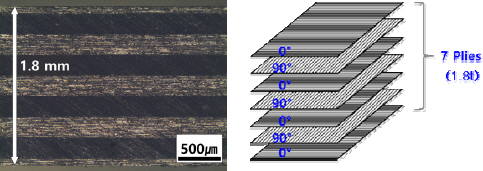



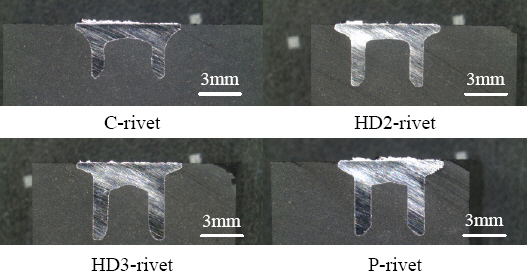
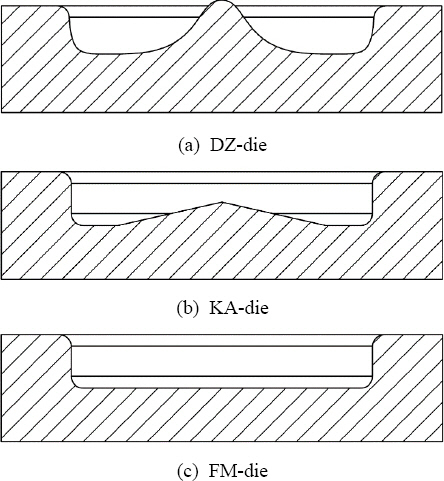



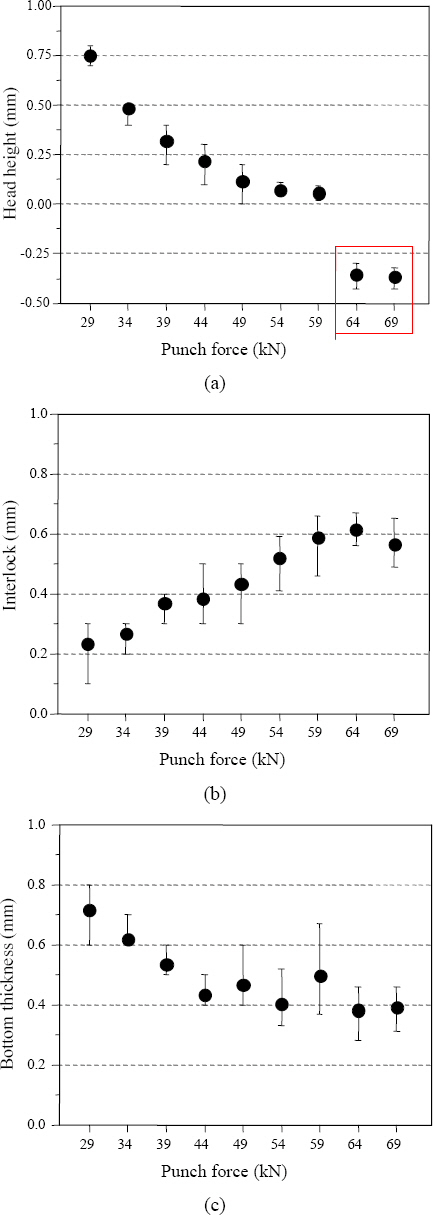
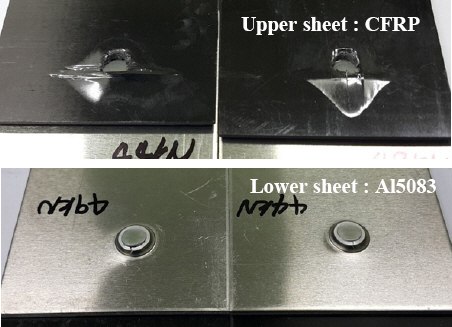
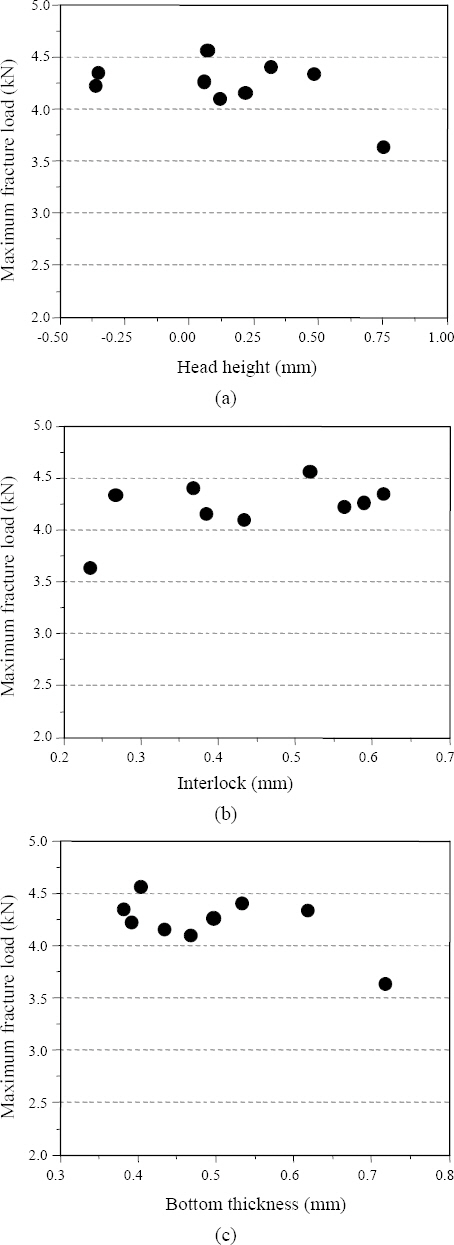
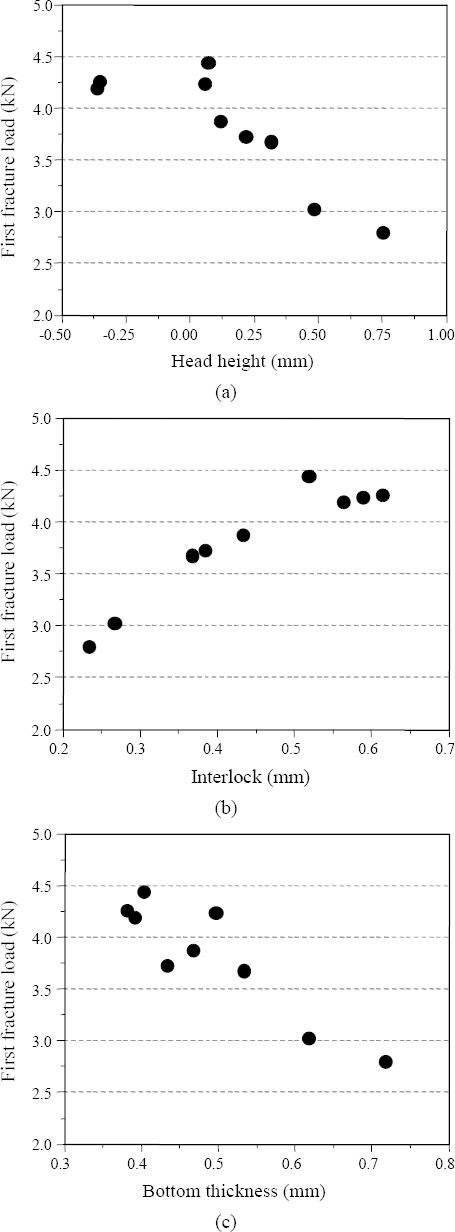
 PDF Links
PDF Links PubReader
PubReader ePub Link
ePub Link Full text via DOI
Full text via DOI Download Citation
Download Citation Print
Print



